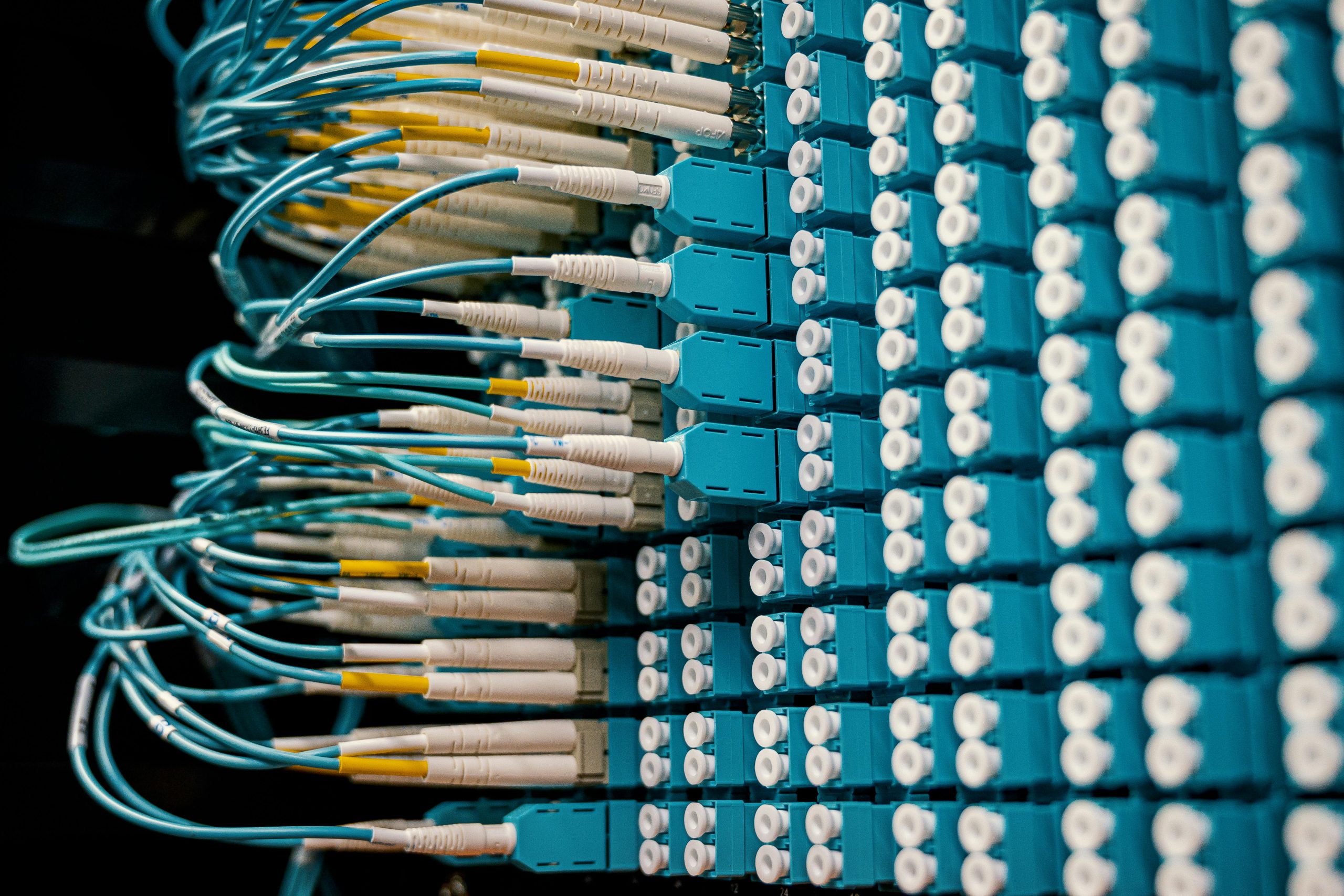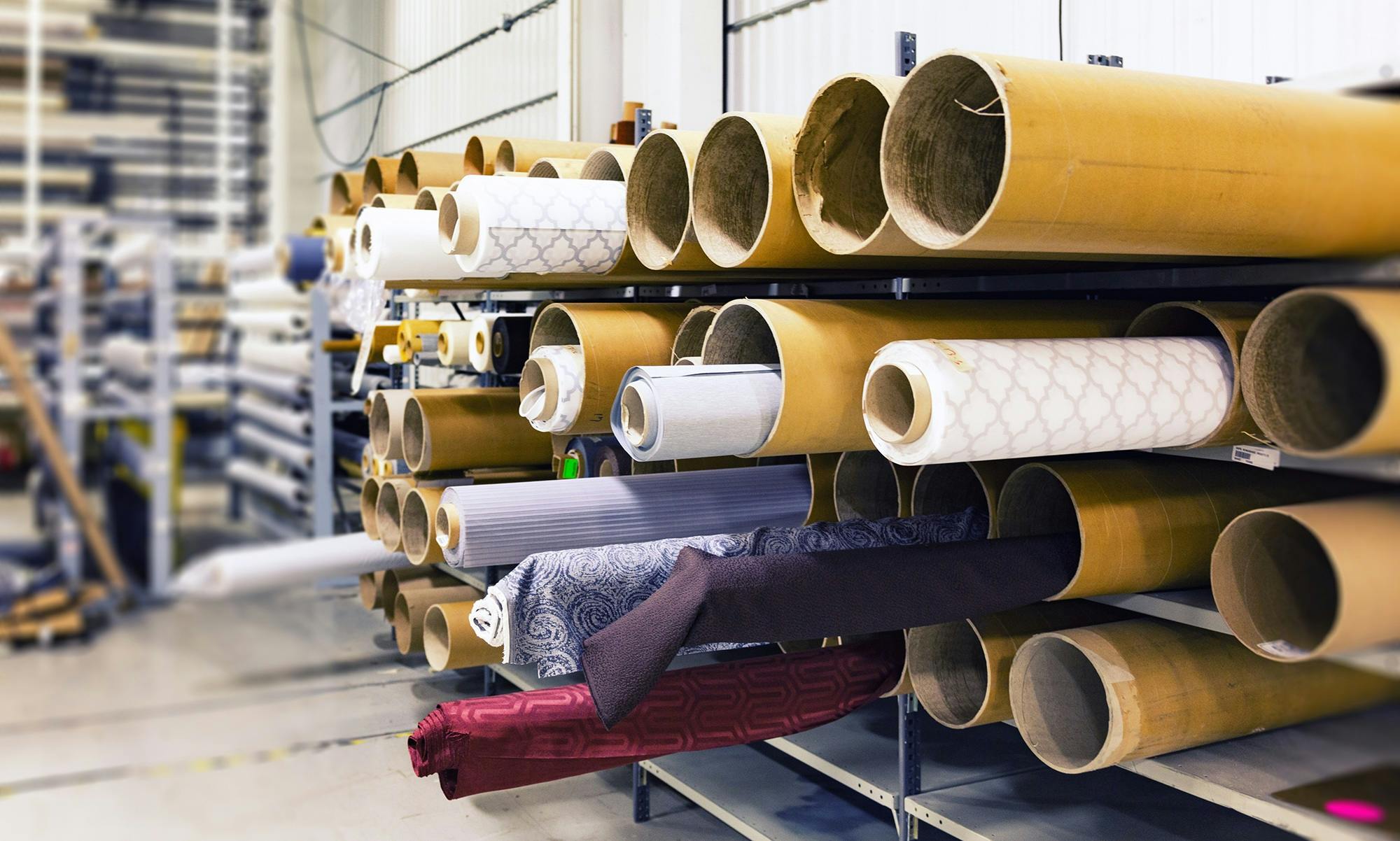3D machine printing, also known as additive manufacturing, is a revolutionary technology that has transformed the manufacturing industry. Unlike traditional manufacturing methods that involve cutting, drilling, or milling materials to create a product, 3D printing uses a layer-by-layer approach to build a three-dimensional object. This innovative process has opened up new possibilities in architecture, aerospace, medicine, and automotive fields.
One of the most popular 3D printing techniques is powder bed fusion. This process involves spreading a thin layer of powdered material, such as metal or plastic, onto a build platform. Then, a high-powered laser selectively fuses the particles to form the desired shape. The platform is lowered, and the process is repeated, with a new layer of powder added on top of the previous one. This continues until the object is complete.
Powder bed fusion is known for its precision and the ability to create complex geometries that would be difficult or impossible to produce with traditional manufacturing methods. It is also a cost-effective solution for low-volume production runs since it eliminates the need for expensive tooling and molds.
Another advantage of 3D printing is that it allows for design freedom. Traditional manufacturing methods may limit specific designs due to manufacturing constraints. 3D printing, however, is not restricted by the same limitations. Designers can create parts and products with intricate details and unique shapes, enabling them to explore new and innovative concepts.
Besides, additive manufacturing solutions have also made producing small batches of customized products easier. For example, dental offices can now create custom aligners or crowns in-house, eliminating the need to outsource to a lab. This saves time and money while providing patients with a faster and more personalized experience.
Another field that has benefited from 3D printing is aerospace. Powder bed fusion can produce lightweight yet strong parts, making it ideal for aircraft components. Additive manufacturing has also enabled engineers to create more complex geometries, improving engine performance and fuel efficiency.
The medical industry has also seen significant advancements thanks to 3D printing. Doctors and researchers can now use 3D printers to create custom implants, prosthetics, and surgical tools. This improves patient outcomes and reduces the time and cost associated with traditional manufacturing methods.
Despite the many benefits of 3D printing, challenges still need to be addressed. One of the biggest hurdles is the cost of the technology. While 3D printers have become more affordable over the years, they are still a significant investment. Additionally, a learning curve is associated with the software and design process, which can be a barrier for some companies.
Another challenge is the lack of standardization in the industry. Comparing and evaluating other solutions can be difficult with many different 3D printing technologies and materials. This can make it challenging for companies to select the right equipment and materials for their specific needs.
In conclusion, 3D printing, specifically powder bed fusion, is a game-changer for the manufacturing industry. It offers a range of benefits, including cost-effectiveness, design freedom, and the ability to create complex geometries. While challenges still need to be addressed, it is clear that additive manufacturing solutions are here to stay and will continue to drive innovation in many fields.




